[et_pb_section][et_pb_row][et_pb_column type=”4_4″][et_pb_text]
Stop the LDG. Start to STP.
Lunch, dinner, and golf (LDG) … just add sponsorship (of a child, runner, walker, biker, etc.) to the list, and I’ve probably covered the “strategic” underpinnings of most nonprofit marketing plans. The problem is that these elements are really tactics (not strategies), and they don’t differentiate your organization. So, it’s likely time to start thinking differently. Instead of designing your marketing plans around tired LDG tactics, focus your energy on a different concept: STP (segmenting, targeting and positioning). Create new inroads. There’s an old saying that good intentions don’t move mountains. Bulldozers do. So think of segmentation strategies as bulldozers – they make differences between your targets more clear. By segmenting your audiences, you’ll be able to see them as groups with different interests and needs rather than one monolithic unit (who may or may not have the time or interest to do lunch, dinner or golf). There are many ways to segment your support audiences: Size: Small (gifts under $100), Medium (over $100), Large ($1,000 or more) and Major ($10,000+) Frequency: One Time, Monthly and Annual Age: Young (under 25), Pre-Mid (26 – 39), Mid (40 – 55) and Senior (55+) Nest: Young (no kids); Full Nest A, B & C (kids under 6, kids 6 – 13, kids 14+); and Empty 1 and 2 (no kids at home/still working and no kids at home/retired) Reasons: Habit (always have/tradition), Self-Esteem (feels good), Belief (believe in mission) and Nuisance (looking to stop the ask) Interests: Faith (wants associations with church or religion), Political (political leanings create empathy), Community (likes improving the community), Personal (personally impacted by the issue or cause) or Connection (knows someone who is/has been impacted by the cause or issue) Behavior: Active (likes to do things), Intellectual (likes to discuss things), Spectator (likes to watch others do or discuss things) or Generous (likes to help others do things) Stage: Beginners (new supporters), Movers (2 – 4 years of support), Builders (5+ years of support), or Lifers (multi-generational giving families) I could create list after list of segmentation models for nonprofits to consider. What’s important, though, is that your organization begins to segment its audiences. This allows you to prioritize them and serve their interests and needs in unique and compelling ways. I hope these examples help to get some ideas flowing and encourage you to begin thinking about ways you might segment your audiences to help differentiate your brand. Watch for my next blog, which will focus on targeting, for a continued explanation of the STP concept. What about you? Has your organization taken the time to segment its audiences? How has this made an impact on your marketing plan? — – Bill McKendry[/et_pb_text][/et_pb_column][/et_pb_row][/et_pb_section]
